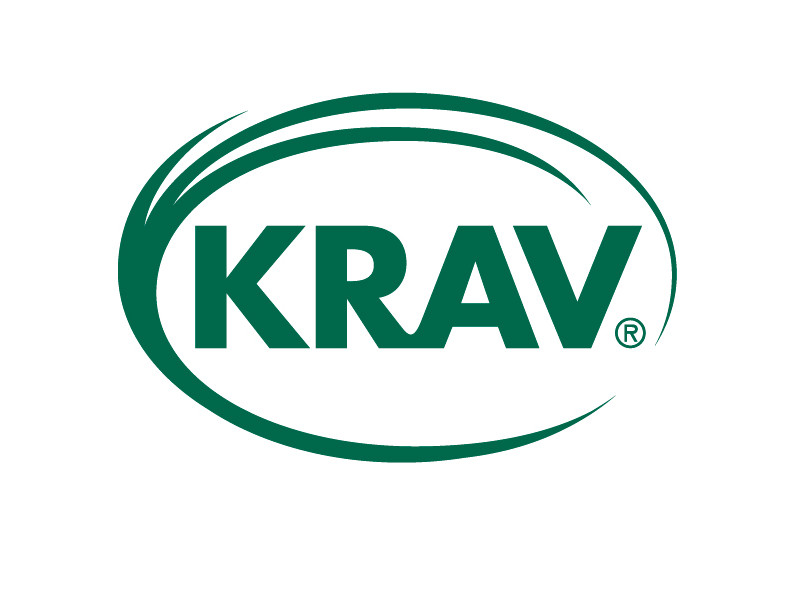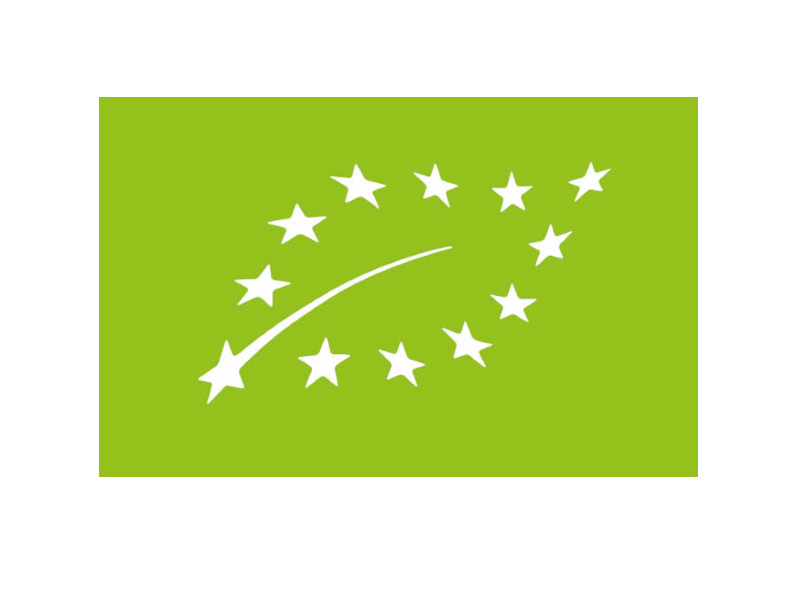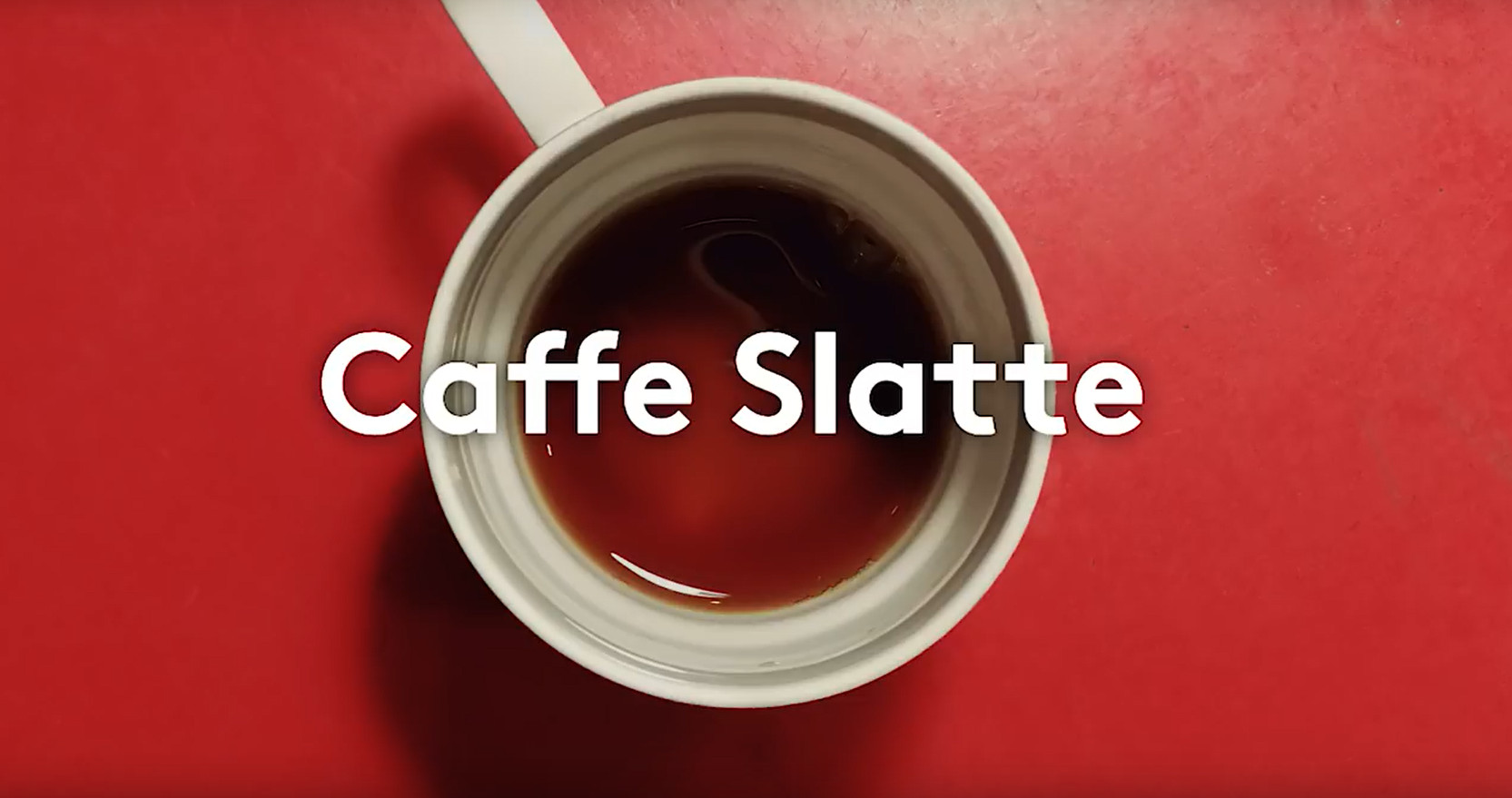Fun facts about Coffee
.jpeg)
Different coffee drinks.
- Espresso: a strong and rich coffee with a concentrated flavour. On top is "crema", which is a very thin layer of foam. Water that is 90 degrees hot should be under 9-10 bar pressure and pass 7 grams of coffee in about 20-25 seconds to produce an espresso.
- Lungo: an espresso with a larger amount of water, about twice as much water as for a regular espresso.
- Ristretto: an espresso with a smaller amount of water.
.jpeg)
- Cappuccino: made up of equal parts of espresso, hot milk and milk foam.
- Caffé Latte: is made of espresso (25%) and warm milk (75%) and ends with a thin layer of skimmed milk on top.
- Café au Lait: French coffee drink consisting of equal parts of strong black coffee and warm milk.
.jpeg)
- Macchiato: a little skimmed milk is added to a double espresso. Macchiato means spotty as the espresso has been made spotty by the milk.
- Americano: An Amerciano is a double espresso that has been diluted with hot water and corresponds to a classic cup of brew coffee in Italy or Spain.
- Cortado: Spanish coffee drink made up of equal parts of espresso and hot steamed milk.
Labels.
LEARN MORE ABOUT OUR LABLES

UTZ Certified.
UTZ Certified stands for sustainable agriculture and better opportunities for farmers, their families and our planet. The UTZ label shows consumers that the products have been produced in a sustainable way. In order to become UTZ certified, the grower must comply with the UTZ Code of Conduct that contains comprehensive guidelines for good agricultural practices and agricultural administration, safe and healthy working conditions, abolition of child labour, environmental protection and care for future generations. UTZ provides advice on climate change and improved farming methods. This in turn leads to better production, a better environment and a better life for all.

Rainforrest Alliance.
Rainforest Alliance is an international non-profit organization that works to conserve biodiversity and to create sustainable livelihoods. The Rainforest Alliance acts for the greatest threats to the environment: disforestation, expanding agriculture, livestock farming and tourism. Cultivations certified by the Rainforest Alliance are forbidden to disforest their forests. Instead, they will reduce greenhouse gas emissions and increase the amount of coal stored in the cultivation, by working for prosperous soils, protecting domestic ecosystems and reducing the use of energy, water and agricultural chemicals. Employees receive decent wages, good housing and the Rainforest Alliance also works to provide access to healthcare and education.

Krav.
KRAV is a control association for organic production. The aim is to pursue a long-term sustainable and consumer-oriented perspective of the production of food and other high-quality products. The aim is to provide care for natural processes, ecosystems, biological and genetic diversity in all stages (production, processing, distribution, etc.). The cultivars shall minimize the use of energy and, in particular, fossil fuels and other non-renewable natural resources, as well as pollution emissions. No chemical pesticides, fertilizers or genetically modified organisms (GMOs) may be used. The farmer and others who work in production must also receive a reasonable income, a safe working environment, joy and satisfaction at work.

Fairtrade.
Fairtrade is a product label aimed at improving working conditions for growers and employees in developing countries through fair trade.

EU Ecological.
The EU Leaf or EU Ecological is the EU‘s eco-label. It shows that the product is in full compliance with the terms and conditions laid down by the European Union for organic farming. For processed products, it means that at least 95% of the ingredients are grown ecologically.

The right cup to your coffee.
Just like it is important to choice the right glass to the wine it is important to choose the right cup, mug or glass to your coffee. Height, width and thickness is important factors to consider. A couple of examples:
- Brewed coffee and espresso is most suitable to drink from high mugs or cups.
- Cappuccino is most suitable to drink from a large wide cup, so it is possible to have coffee, milk and foam in the same sip.
- A thicker porcelain is suitable for a more robust coffee, while a finer coffee is served in thinner porcelain which makes it easier to take smaller sips of the coffee
- Espresso, Dubble Espresso, Espresso Macchiato, Ristreto, Lungo and Cortado is served in small cups with a volume of 5-12 centilitre
- Americano and Cappuchino is served i larger cups with a volume of 15-24 centilitre
- Latte Macchiato and Latte is served in high glasses with a volume of 28-36 centilitre
Fight the leftover coffee.
Is there a way to consume coffee more sustainable? According to Löfbergs there is. In their film Caffeslatte they take the fight for the leftover coffee. The film presents breathtaking numbers of Coffee waste. About every third cup of coffee is poured out in the drain, each day in Sweden. Each cup of coffee consists of about 64 beans that have been picked by hand, shipped a long distance and roasted to perfection to finally end up in a cup. By understanding the work behind every cup of coffee, Löfbergs want us to drink up what we poured. See the film and take the fight for a more sustainable coffee drinking.

A coffee on the go?
We have a large assortment of paper cups regardless if you would like to offer your customers a coffee to go or think that disposable cups are a smart solution for your workplace. Our paper cups are available in different styles and sizes.
.jpeg)
Maximize your flavours.
Most people know that the right temperature, grinding and roasting affects the flavours of your coffee. What is often forgotten is the importance of keeping your machine clean. In our assortment you will find products uniquely developed to clean oily left-overs from the coffee and products that prevent lime. We also offer dish cloths, wipes and other cleaning equipment’s for the everyday cleaning job.


.jpeg)
.jpeg)
.jpeg)
